
Having trouble viewing this video? Please visit our Video FAQ page Check out the techniques used to make this Proto 2000 from Walthers 0-8-0 steam locomotive look like it works for a living. Model Railroader associate editor Cody Grivno shows you how he used airbrushing, drybrushing, and other methods to weather this steam locomotive […]
Read More…
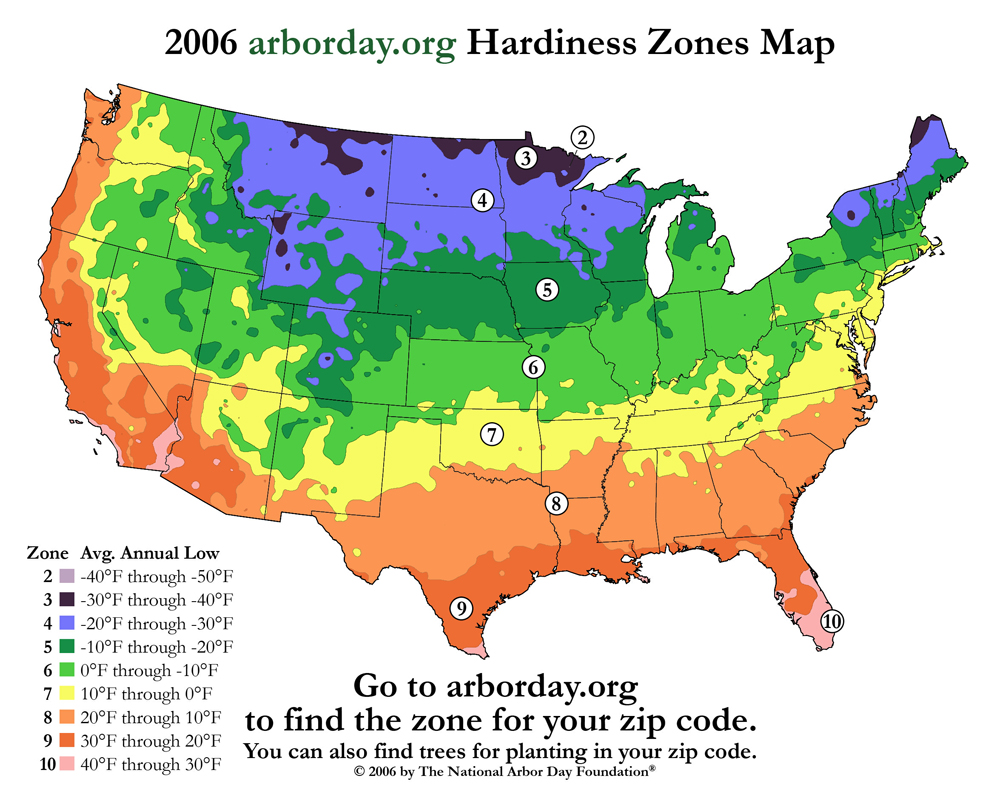
Hardiness Zones are the answer to the question, “Where can I grow this plant?” If you’re planting strictly native plants, you won’t need to worry. On the other hand, your nursery plants were originally plucked from all over the world and then researchers tried to grow them in every imaginable climate. The USDA (US Department […]
Read More…
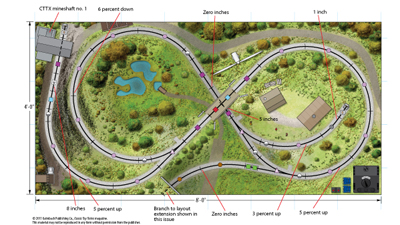
Layout designer: Kent Johnson Scale: O Layout size: 4 x 8 feet Track type: Lionel FasTrack Minimum curve: O-36 Originally appeared in the September 2009 issue of Classic Toy Trains. Click on the link to download a PDF of this track plan. Track plan Parts list […]
Read More…
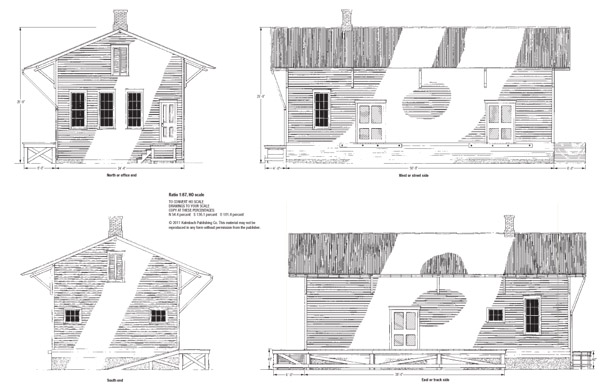
Small freight houses were once a common sight in rural towns across North America. Built in the early 20th century, they provided a link for less-than-carload-lot (LCL) and full carload shipments between the railroad and its local customers. This freight house served Montour Falls, a small community about two miles south of Watkins Glen, N.Y., […]
Read More…
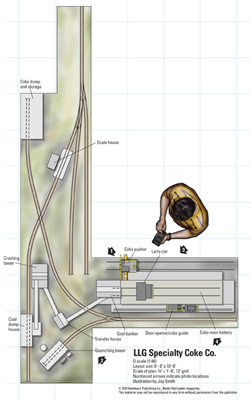
Name: LLG Specialty Coke Co. Layout designer: Gary Gealy Scale: O (1:48) Size: 6′-0″ x 10′-6″ Theme: by-product coke plant Locale: western Pennsylvania Era: early 1960s Style: shelf with peninsula Minimum radius: 27″ Minimum turnout: no. 3 Maximum grade: none Originally appeared in the September 2011 issue of Model Railroader. Click on the link to […]
Read More…

Name: North Montana Line Layout designer: Dan Lewis Scale: N (1:160) Size: 18 x 24 feet Prototype: Milwaukee Road Locale: central Montana Era: 1953-54 Style: walk-in Mainline run: 115 feet Minimum radius: 121⁄2″ Minimum turnout: no. 6 (main), no. 4 (industrial spurs) Maximum grade: 2.2 percent Originally appeared in the September 2011 issue of Model […]
Read More…

Just like the original section of our project railroad, our preferred method of transferring a track plan to a flat tabletop uses a computer to download and print out the full-scale template of the Readers’ Choice Railroad so we can easily tell how track, accessories, and some scenery elements work on our 3 x 8-foot […]
Read More…

Having trouble viewing this video? Please visit our Video FAQ page […]
Read More…

Having trouble viewing this video? Please visit our Video FAQ page In this MRVP exclusive mini-series, Gerry Leone walks you through the basic steps you can use to capture great shots of your model railroad…and you don’t even need an expensive camera to get impressive results! […]
Read More…

By the letter (and number) Vinyl letters with self-adhesive backing as well as dry transfers can be used straight from the package or as masks to letter structures, rolling stock, and locomotives. Alphanumeric sets are typically located with the drafting supplies. Additional self-adhesive and dry-transfer letters can be found in the scrapbooking supplies. Mark it […]
Read More…
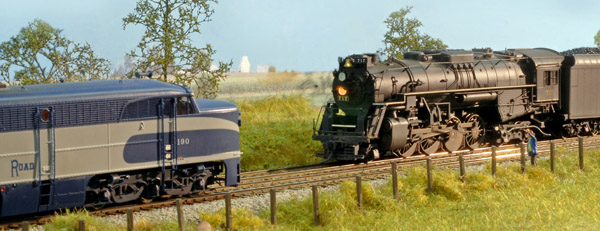
1950: Dieselization – Ten Class 1 railroads had already dieselized before this year, including the Atlanta & St. Andrews Bay; Chicago, Indianapolis & Louisville (Monon); Columbus & Greenville; Detroit & Mackinac; Elgin, Joliet & Eastern; Gulf, Mobile & Ohio; Lehigh & New England; New York, Ontario & Western; New York, Susquehanna & Western; and Texas-Mexican. […]
Read More…

Introduction In an article in the August 2011 Model Railroader, I described a method to control yard ladders with a single rotary switch. By simply turning the rotary switch, all turnouts would automatically line up for the selected yard track. The method was based on using a bipolar power supply, Tortoise switch machines, and one […]
Read More…












